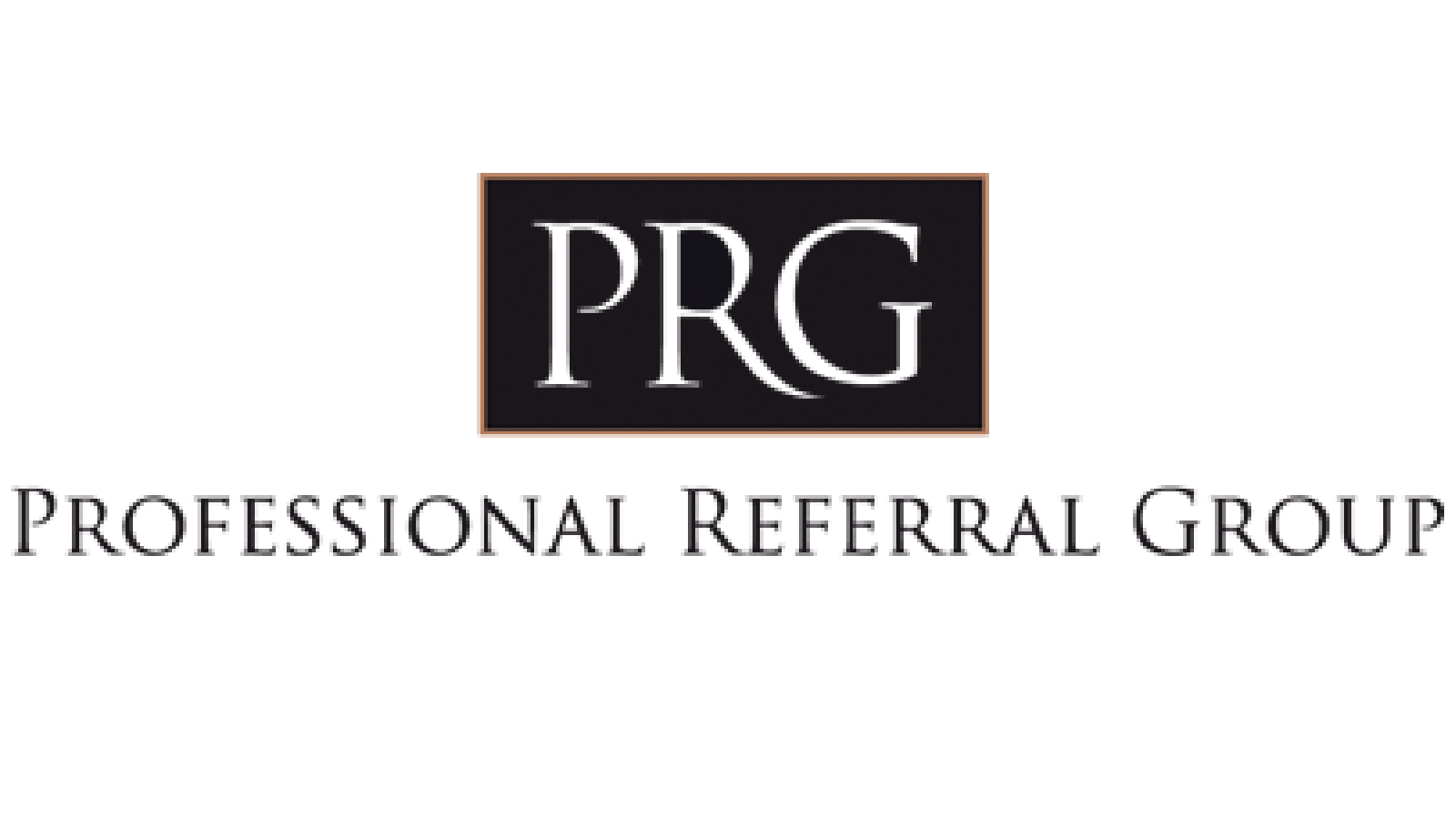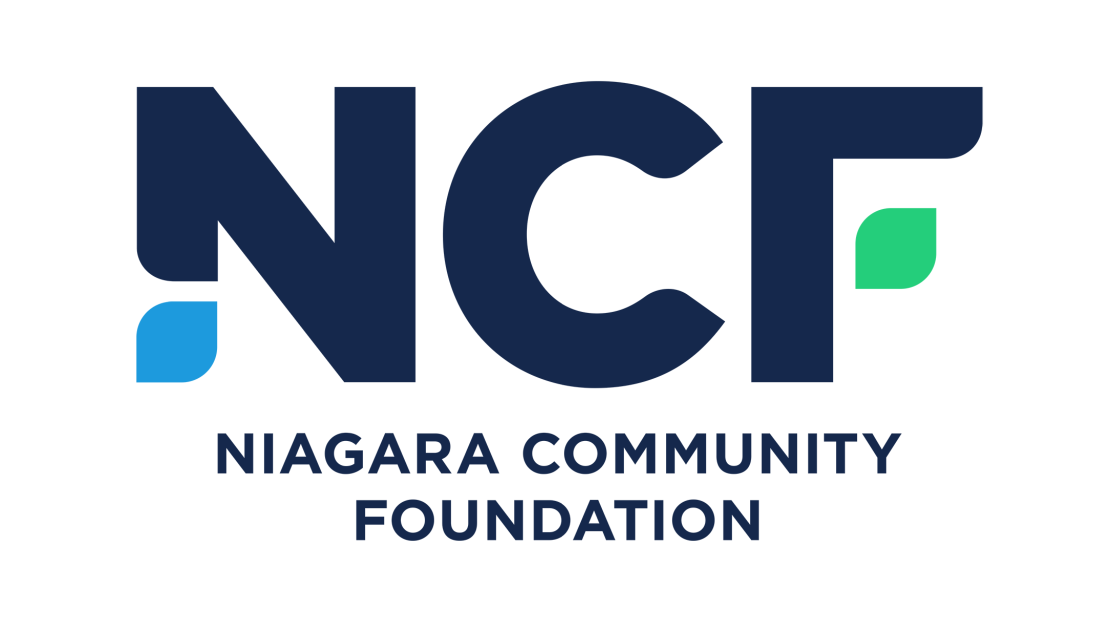You’ve no doubt heard reports of personal data being stolen and used for financial fraud – anything from online shopping on your credit cards to actual theft from your financial accounts. This problem won’t go away anytime soon – but you can take steps to defend yourself.
Here are a few suggestions:
- Use multifactor authentication or other extra security options with online accounts. Many of your online accounts offer extra security by giving you the option to prove your identity in different ways. With multifactor authentication, you must provide at least two different factors to prove your identity when you log in to an account. This additional layer of security provides you with much greater protection.
- Be creative with passwords. Create different passwords for work, financial services sites, social media and email – and give each password some length and complexity. Consider passphrases – actual words combined with symbols and numbers (for example, “ThisIsAPassphrase!2468”), for sites that allow them.
- Protect your computer and your key data. Keep your antivirus software updated. And don’t install bootleg or unlicensed software, which could infect your computer with a virus. Also, back up your important data.
- Watch out for fake websites or apps. When making financial transactions, be sure you’re on the website of your bank or financial institution – and not on a fake site established by hackers. Your financial statements should have the legitimate website, so bookmark it and use it when doing anything with your accounts. Also, be careful when downloading apps – stick with those from established providers such as Google Play or the App Store.
- Avoid “over-sharing” on social media. Cyberthieves constantly stalk social media platforms for information they can use to commit their crimes. You can help stymie them by limiting what you share online. It’s a good idea to keep your full name, address and birthday private. You might also avoid discussing your plans for upcoming vacations. And review your privacy settings periodically so that only people you know or approve can see your information.
- Limit use of public Wi-Fi. Hackers often set up their own Wi-Fi networks in public areas, such as the computers found in hotel business centers. Ask an employee for the name of the legitimate network. And even when you use it, log off when you’re finished.
- Don’t take the bait of “phishers.” Cyberthieves go “phishing” for sensitive information – usernames, passwords and account numbers – by sending communications, such as emails, purporting to be from a business or financial institution with which you often do business. They may claim your account was “suspended” or that an “unauthorized transaction” was made, and you’ll be asked to click on a link that takes you to what appears to be the company’s website.
If you go along with this request, you could find malicious software being downloaded on your computer. Legitimate businesses generally won’t ask for account numbers or passwords unless you initiate the transaction. Other signs of phishing include threatening language, “urgent” requests, misspelled words or odd word choices. If an email looks suspicious to you, delete it without opening it.
This list is not exhaustive, but by putting these steps to work, you can at least reduce the risk of becoming victimized by cybercriminals.
This article was written by Edward Jones for use by your local Edward Jones Financial Advisor, Nicolle Lalonde.
Edward Jones, Member Canadian Investor Protection Fund.
 Back to myNiagaraOnline
Back to myNiagaraOnline
































